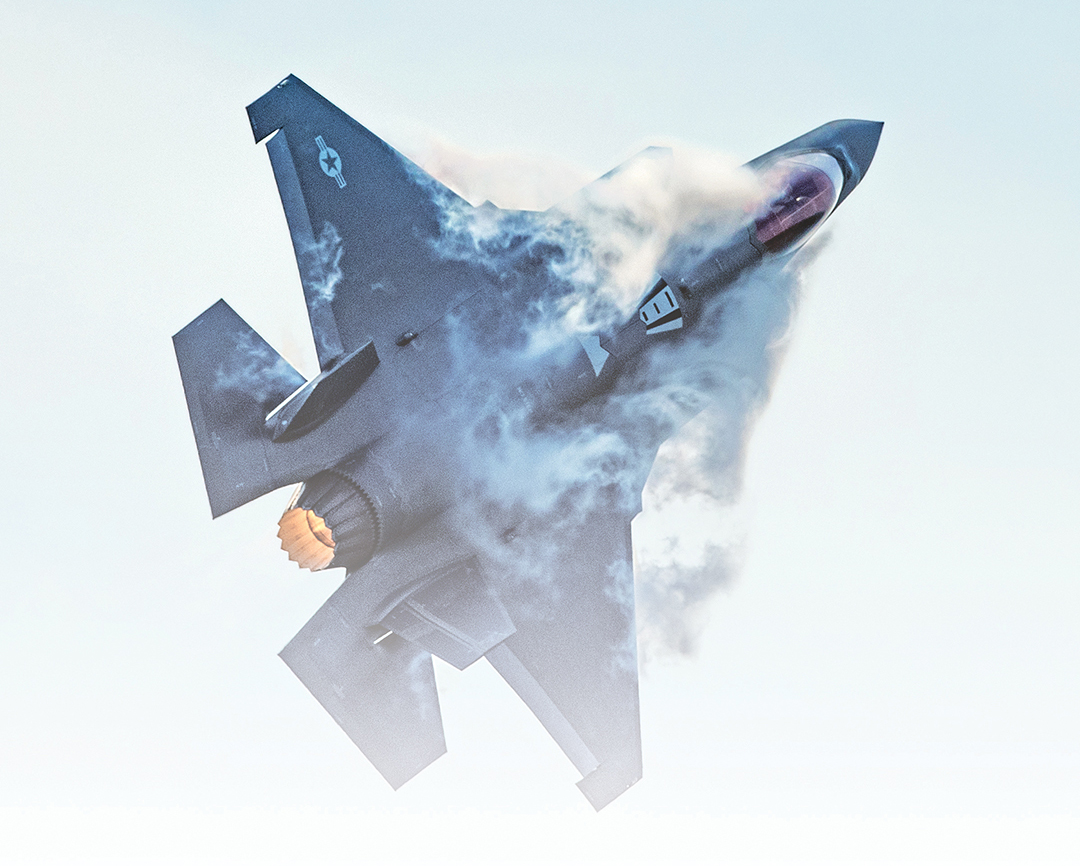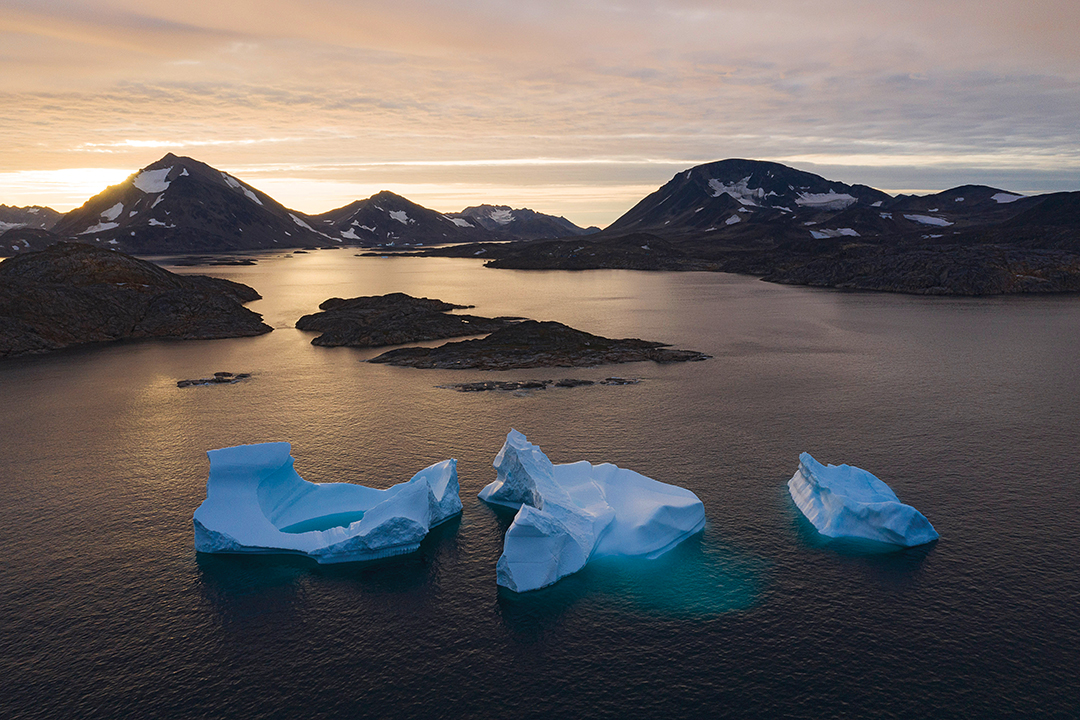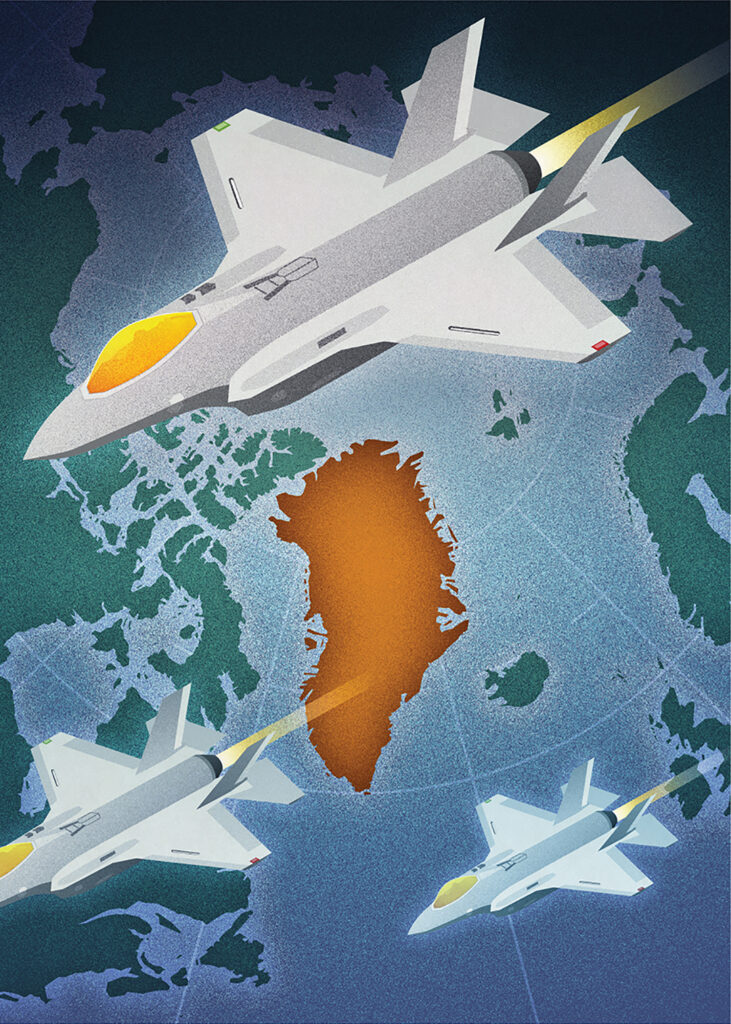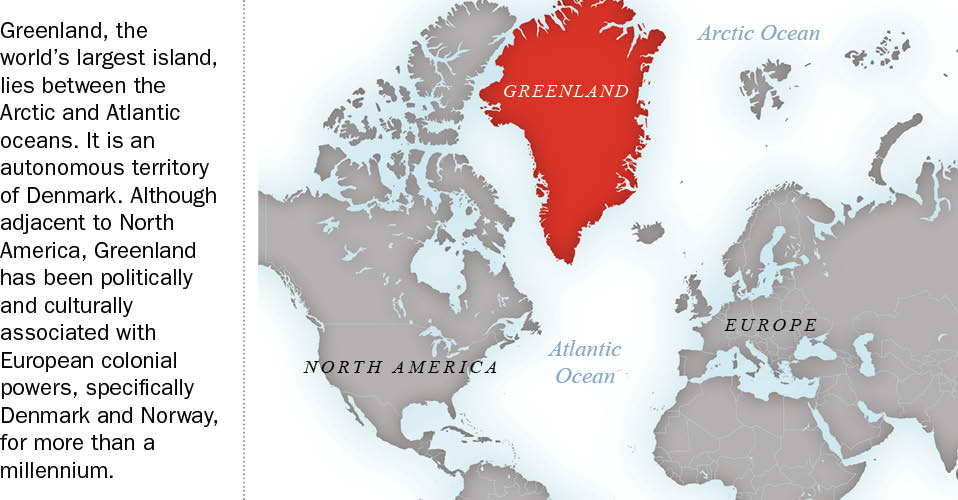Denmark May Use Stealth F-35s Over Greenland
THE WATCH STAFF
Danish military officials say the U.S.-made F-35 fighter jet is poised to play a key role in Denmark’s air defense and could be used in Greenland as the abundant natural resources of the Arctic lure great power competitors to the region.
Maj. Gen. Anders Rex, commander of Air Command Denmark for the Royal Danish Air Force, told Defense News in August 2020 that some of the 27 F-35s that Denmark purchased from the United States will be outfitted with a drag chute that will enable them to land on icy runways. “Coupled with the Greenlandic decision to extend a number of air fields to more than 2,000 meters, it gives vastly increased operational opportunities for fighter operations,” Rex wrote, adding that the F-35’s data-collection and data-sharing capabilities can enhance pilots’ situational awareness.
“Air power is of vital importance in the Arctic, given the core air power characteristics, but it must be in a joint and combined framework, enabling future multidomain and network-based operations in the Arctic region,” Rex wrote. “The Royal Danish Air Force will work toward that objective.”

He emphasized that no decision had been made about whether the F-35s will carry out missions over the Arctic, but his announcement came as Danish officials were showing increased interest in cooperating with Greenlandic authorities on defense. Greenland, the world’s largest island, is a self-governing part of Denmark.
As the U.S., the People’s Republic of China and Russia show renewed interest in Arctic military and economic activities, Denmark has been strengthening its defense and security policy efforts in the region.
“We have seen a new security policy dynamic gain ground in the Arctic in recent years,” the Danish Ministry of Foreign Affairs wrote to the High North News newspaper in August 2020. “There is increased interest in the region from many sides. It is thus decisive for the Danish Realm to be proactive in this new situation. We will secure the necessary presence in the Arctic in light of this development, and create a better situational awareness in the region.”
The ministry recently sent a political advisor to Greenland’s capital, Nuuk, to establish closer security ties. In June 2020, the U.S. reopened its consulate in Nuuk, which had been closed since 1953.
Denmark’s decision to send an envoy to Greenland is part of a series of Arctic initiatives, the High North News reported. In August 2020, the Danish Armed Forces established an office in Nuuk, and the military announced that it wants to reestablish a military radar station on Denmark’s Faroe Islands, a North Atlantic archipelago about 320 kilometers northwest of Scotland.
“We are talking about extra eyes and ears in the Arctic and the North Atlantic in the form of various forms of surveillance,” the Foreign Affairs Ministry told the High North News. “Beyond contributing to peace and security, these capacities may also be used for civilian purposes such as for instance environmental monitoring and contributions in search and rescue.”
As for the addition of F-35 stealth fighters to the region, the NATO alliance is quickly gaining an edge over Russia in the event of a high-intensity conflict, according to an October 2020 Rand Corp. report. The report said Russian military and political leaders are concerned about NATO’s air power advantage as European countries purchase the fifth-generation fighter jet.
Seven European NATO nations — Belgium, Denmark, Italy, the Netherlands, Norway, Poland and the United Kingdom — either operate or plan to buy F-35s. The countries by 2025 will collectively own more than 200 of the aircraft.
The Rand report concluded that the growing number of stealth aircraft in Europe represents a trend in the right direction. “With additional budgetary and policy attention to increasing readiness, European allies have the opportunity to significantly enhance combat air power over the coming decade,” the report stated.

European allies soon will have more fifth-generation F-35s stationed in the region than the U.S. has in the theater. By 2030, they will have about 400 F-35s. And while protecting NATO allies is paramount for the U.S., the Arctic region also represents a strategic area for homeland defense.
In a January 2019 article for Defense News, then-U.S. Air Force Chief of Staff Gen. David Goldfein and then-Secretary of the Air Force Heather Wilson wrote that the Arctic represents a northern approach to the U.S. and that its “geo-strategic significance is difficult to overstate.”
“Key defense assets dot the landscape. … One way to view the region’s growing importance: By 2022, Alaska will be home to more advanced fighter jets than any place on Earth,” the article stated.
Arctic partners of the U.S. are welcoming its engagement. The Danish Foreign Ministry told the High North News that increased U.S. involvement in the Arctic and North Atlantic, including Greenland, is a “positive thing.”
“Greenland is geographically located close to the USA, and increased cooperation and economic ties between the USA and Greenland can thus only be seen as natural,” the ministry stated. “The USA is our closest partner outside of Europe, and the USA along with NATO guarantees our security.”


